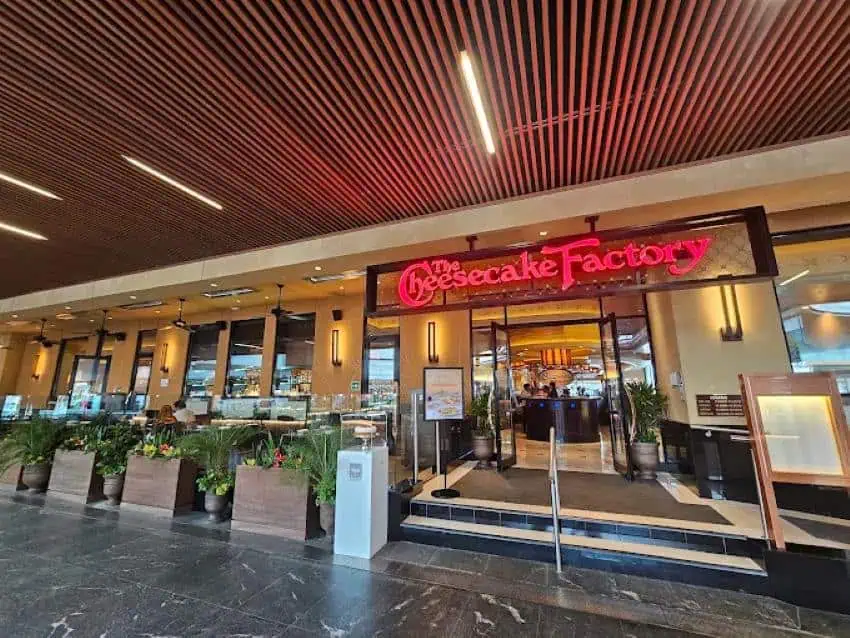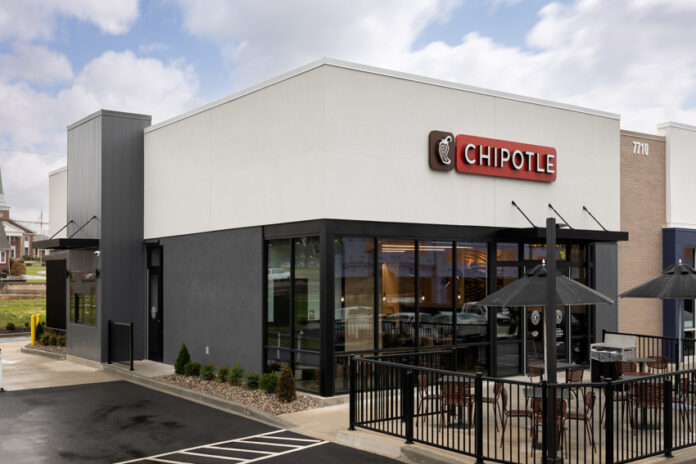Last week, we were hit with the surprising news that Chipotle will open its first restaurant in Mexico in 2026. Social media was immediately flooded with a wide range of reactions, including:
- “Isn’t Chipotle originally Mexican?”
- “It’ll fail like Taco Bell did.”
- “This is my highlight for 2025.”
- “Just thinking about it gave me diarrhea.”
Chipotle Mexican Grill quiere llevar sus burritos gringos de vuelta a su tierra ancestral $CMG
“La decisión provocó bromas en redes sociales, comparándola con la apertura de un Panda Express en Pekín.”https://t.co/JEMuk8cj1R
— Nathan Crooks (@nmcrooks) April 25, 2025
For one day, Chipotle stirred up strong nationalist feelings among many of my fellow Mexicans. It has been a while since I felt enthusiastic about engaging in online debates — okay, they usually end in arguments — but this time, I wanted to find a peaceful middle ground in the comment war and channeled my inner Gandhi, advocating for peace by presenting several points, which I outline below:
Chipotle is Tex-Mex, not Mex
If you’re reading this article, it’s likely that your knowledge and love for Mexico both surpass even that of some Mexicans. You understand that, like any country, Mexico’s cuisine is incredibly diverse. We, the food writers at MND, work diligently each week to explain that Mexican gastronomy is a rich mosaic, not just tacos with salsa.
Chipotle is Tex-Mex, which is just one facet of that aforementioned mosaic. Tex-Mex cuisine has a fascinating and unique history that reflects the rich cultural blending along the Mexico-United States border. It combines elements such as meat, beans, tortillas and chiles with sweet corn, flour, yellow cheese and high-quality Texan beef.
Tex-Mex is not a poor imitation of Mexican cuisine; rather, it is a distinct blend of flavors and traditions.
That being said, the chain refers to itself as “fast casual” because it uses fresh and organic ingredients instead of frozen food. But it is not Pujol, Quintonil, Rosetta or any other Michelin Guide restaurant. Its goal isn’t to provide a sublime emotional experience with every bite or to give our ancestral recipes a twist; it aims to offer tasty food at a fair price.

Chipotle is not your neighborhood fonda/taco stand
I can confidently say that Chipotle isn’t aiming to “compete” with taco stands or our cherished local fondas. I see Alsea, Chipotle’s restaurant operator in Mexico, considering opening its branches inside a mall or a strip mall, alongside other fast-food restaurants, to compete with brands like Subway, Panda Express, KFC, or McDonald’s.
Alsea, no da paso sin huarache
This phrase can be translated as, “Alsea doesn’t take a step without a sandal.” It perfectly captures the essence of careful planning.
Alsea is the largest restaurant and café operator in Latin America and Europe. As of 2023, it operates a total of 4,622 locations worldwide, with 2,313 of those in Mexico. These include 820 Starbucks, 798 Domino’s Pizzas, and 425 Burger Kings across Mexico. Those impressive numbers are a testament to their deep understanding of the Mexican market and their ability to adapt foreign brands to it.
Years ago, I became curious about what it would take to buy a Starbucks franchise. Before, like some kind of Richie Rich, you invest millions to install a Starbucks in your kitchen, it turns out you must first conduct a market study to ensure that the investment is not a risky one. Surprisingly, my kitchen did not pass that study.
So, I don’t have proof, but I have zero doubts that a lot of research went into the decision to bring the first Chipotle restaurant to Mexico. Because of this, I find it hard to believe that it will fail as Taco Bell did.
Will it be a huge success?
I believe there will be long lines of people waiting for hours during the first few weeks, but once the initial excitement fades, Chipotle will settle into a steady flow of regular customers, similar to what happened with Shake Shack.
To achieve this, they will likely adjust prices for the Mexican market and incorporate seasonal local variations in the menu. For example, Starbucks sells Rosca de Reyes pastries during the Christmas season.

They will also — in order to ensure early success — be very strategic about the cities, and even the exact streets, they select for their first restaurant locations. Their marketing efforts will be impeccable.
Will Mexican customers LOVE it?
I’m guessing not. I think many of the comments on social media have valid points: even in the “fast casual” sector, we already have a rich, reliable and more affordable set of dining options.
Even with the inevitable price adjustments, I can’t imagine the average Mexican being happy to pay 150 pesos for a baby-sized burrito or 200 pesos for a burrito bowl, especially when they can get a complete meal — including a starter, soup, entrée, dessert and drink — at local places for 150 pesos (CDMX prices).
And consider buying a large quesadilla from Chipotle for about 100 pesos when a street vendor offers it for just 40.
My guess is that, for Mexicans, eating at Chipotle will be more of a prefiero eso a nada (I prefer that to nothing) reaction rather than a genuine craving for Chipotle menu.
Personally speaking
Let me clarify that I LOVE food — if stones were edible, I’d eat them. I find joy in eating —almost — anything: street tacos, McDonald’s, a fondita’s prix fixe menu, fine dining, a simple apple.
However, from the few times I’ve eaten at Chipotle, I don’t remember it being a life-changing experience or a place I’ve dreamt of returning to when starving during a shopping spree in San Antonio. I don’t envision myself standing in line for a carnitas bowl.
But with that said, I will try it here just to prove my theory that it will taste better in Mexico than on American soil.
So, who do you think Chipotle’s target audience is, and where do you think the first Chipotle restaurant in Mexico will be located? Given our culinary context, would you go to Chipotle regularly? I’d love to know your thoughts in the comments.
María Meléndez is a Mexico City food blogger and influencer.
